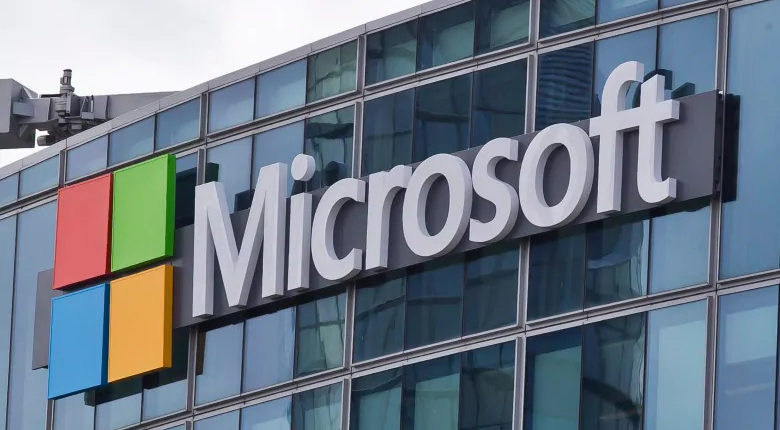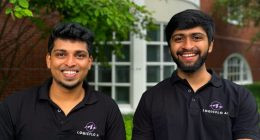In an attempt to show its strong and growing support for corporate philanthropy, Microsoft today announced a new arm named Microsoft Philanthropies that will bring the company’s ambitions to reality.
The group will supposedly focus on human empowerment and giving people, who do not yet have, access to technology and showing them its benefits. This is in line with Microsoft CEO Satya Nadella’s vision for Microsoft: “Empower every person and every organization on the planet to achieve more.”
From the very beginning, Microsoft has always been big when it comes to philanthropy. The company’s employees have been lending their hand in helping nonprofit organizations actively for a while now. Brad Smith, President of this new arm of Microsoft, writes in the blog post announcing this new service:
Through Microsoft Philanthropies, we will integrate and leverage these assets to drive greater inclusion and empowerment of people who do not yet have access to technology and the opportunities it offers and enables. As we do so, we will build on the foundation of Microsoft’s 30+ years of giving and the insights from our many valued partners and the communities they serve, and seek new ways to achieve greater outcomes for a broader segment of the world’s population.
There are many missions the Philanthropy arm of Microsoft wants to fulfill in the near future to revolutionize the world in one way or another, giving the underprivileged access to tech. The company will start off by investing an undisclosed amount of cash and technology in nonprofit organizations. This has already come into the execution phase as the company announced at Salesforce’s Dreamforce conference that it would commit $75 million to help bring computer science to under-represented schools.
Here’s how the whole process is going to work, according to Smith:
- We will invest cash and technology in nonprofit partnerships that deliver the benefits of technology to a wider segment of the population.
- These investments will span the spectrum of digital inclusion, from providing access and connectivity to the public cloud to delivering digital skills training to help people get jobs and start businesses, to educating the next generation of innovators through greater access to computer science education for all youth.
- One example is the $75 million we have committed to computer science education worldwide over the next three years. Early next year, we will detail the programs and partnerships that will turn this commitment into action.





